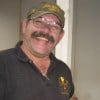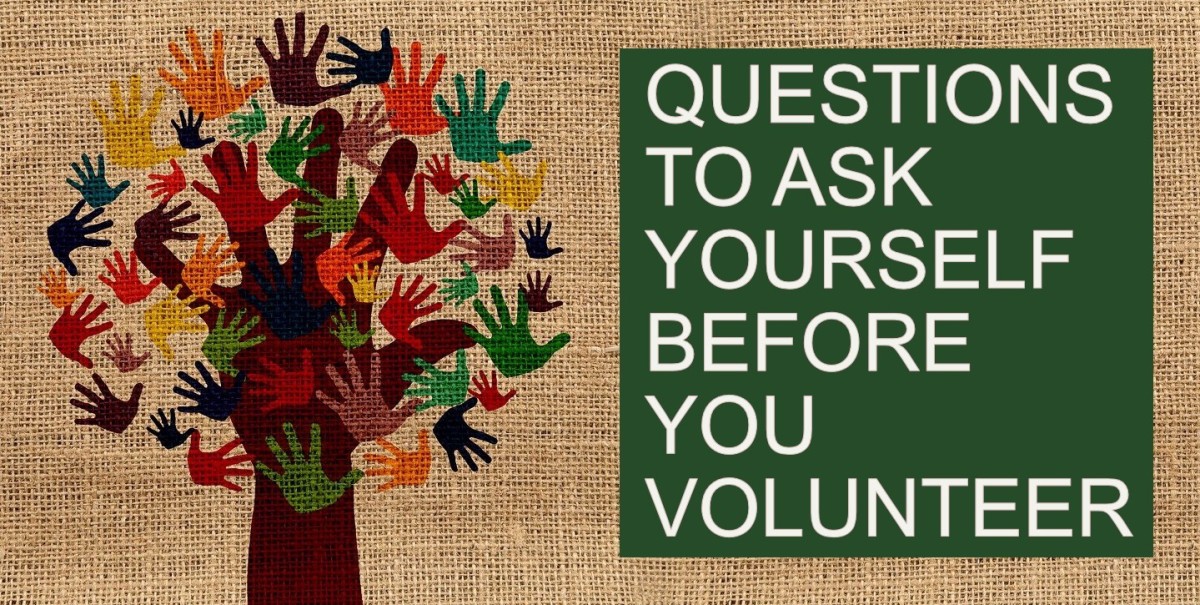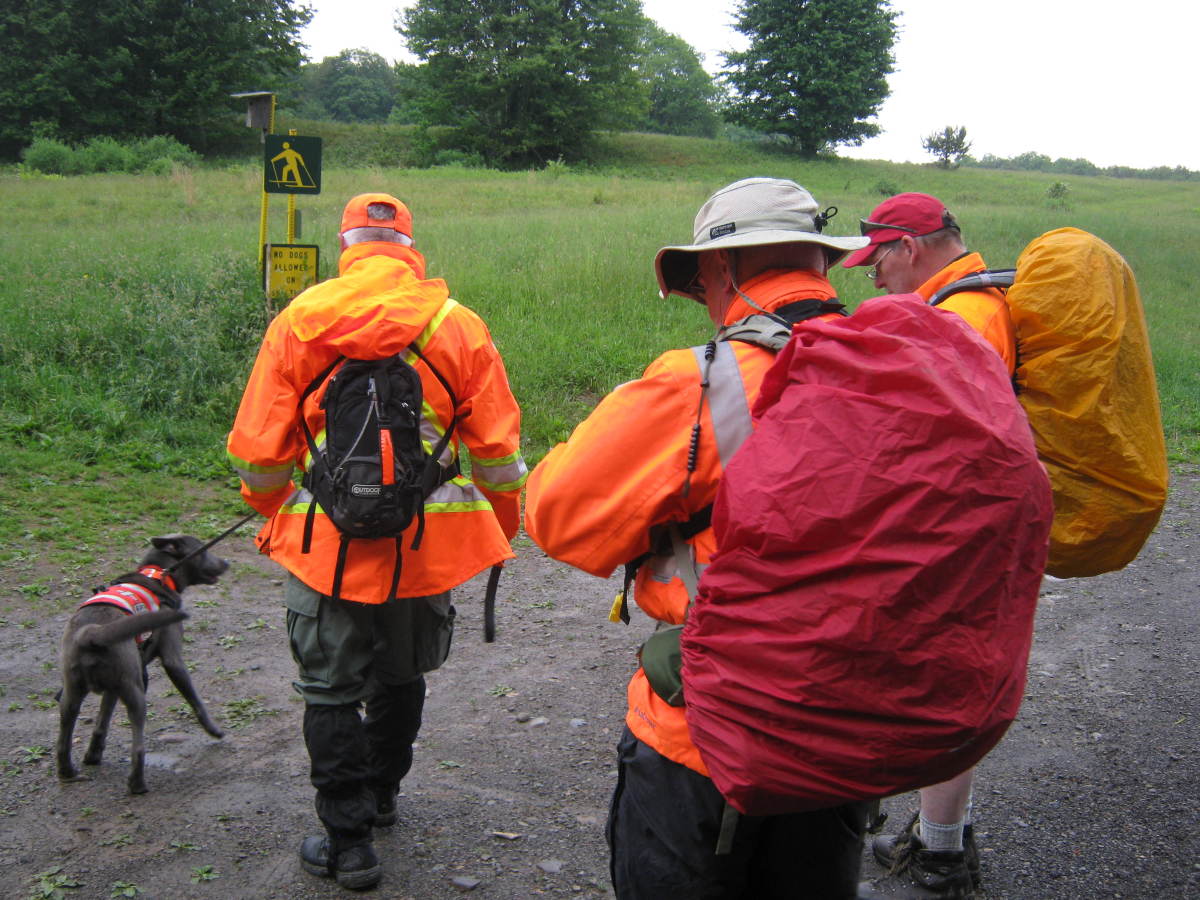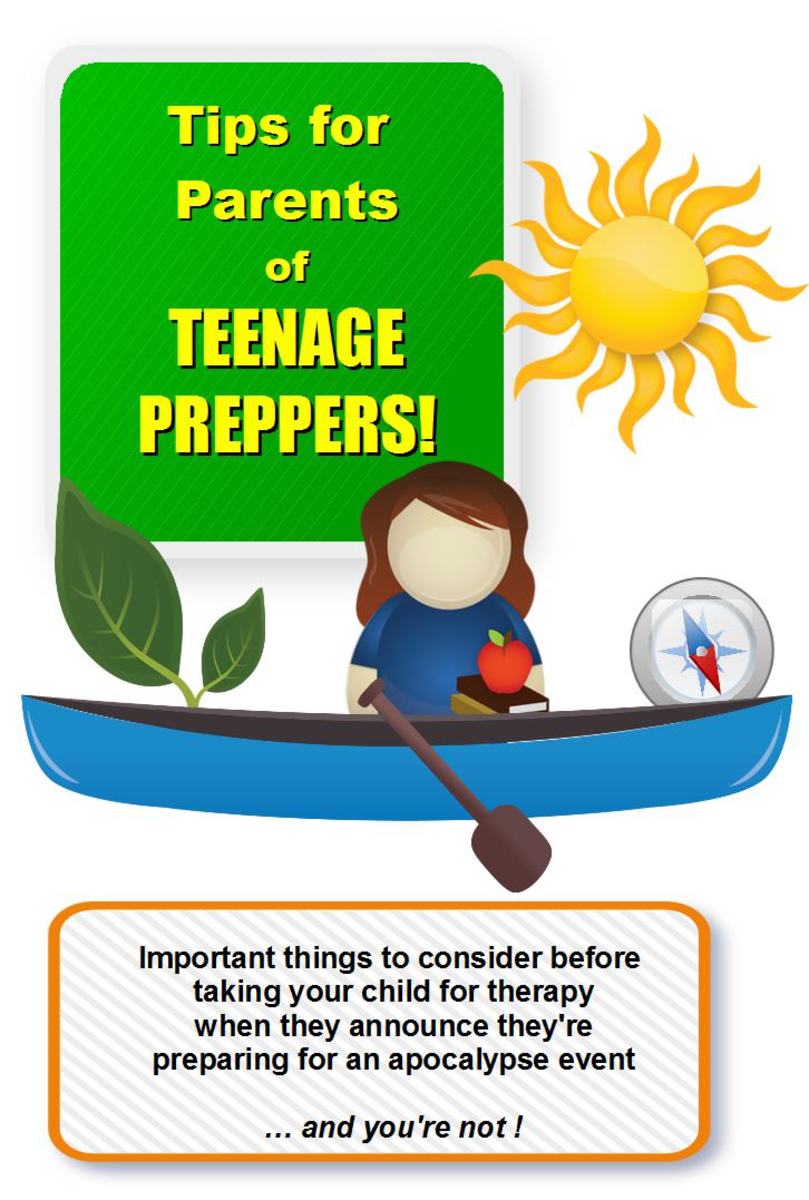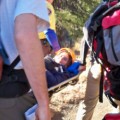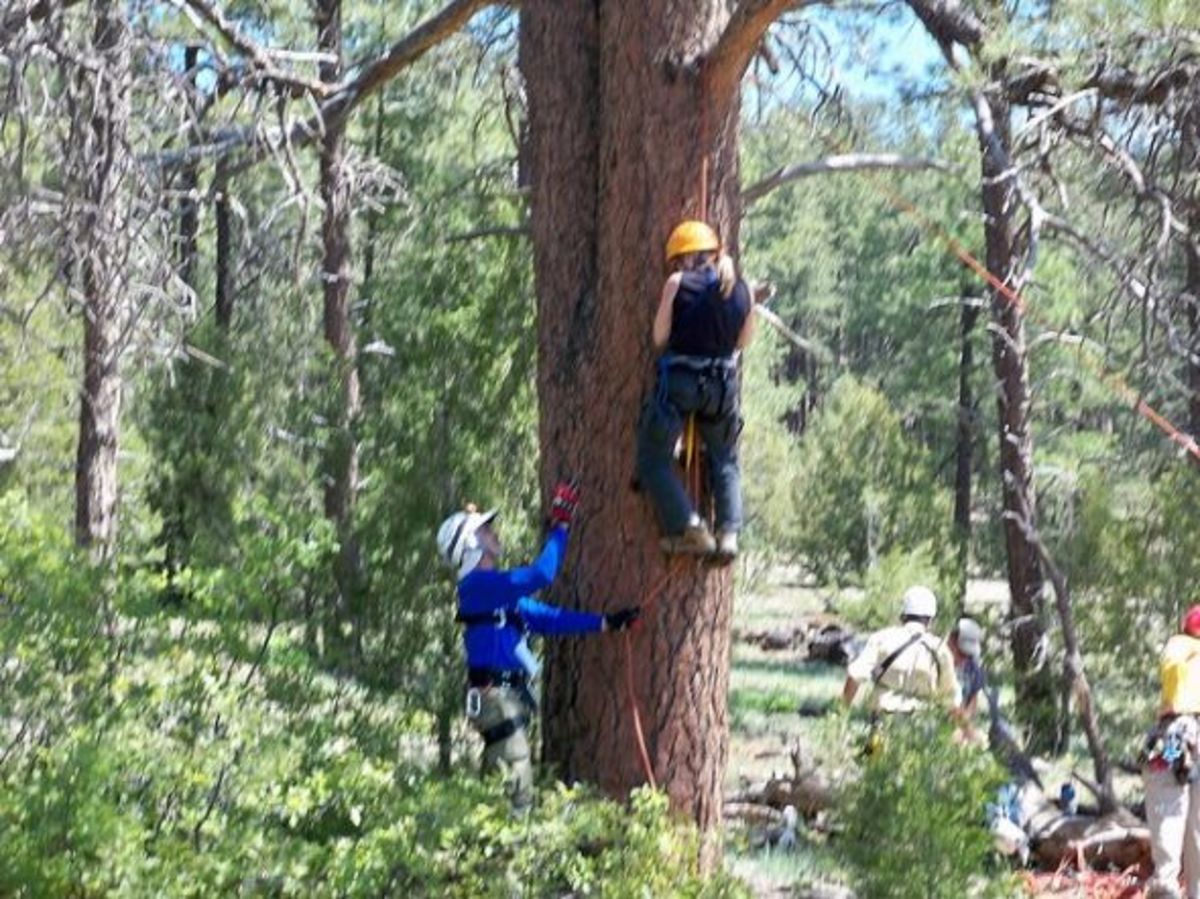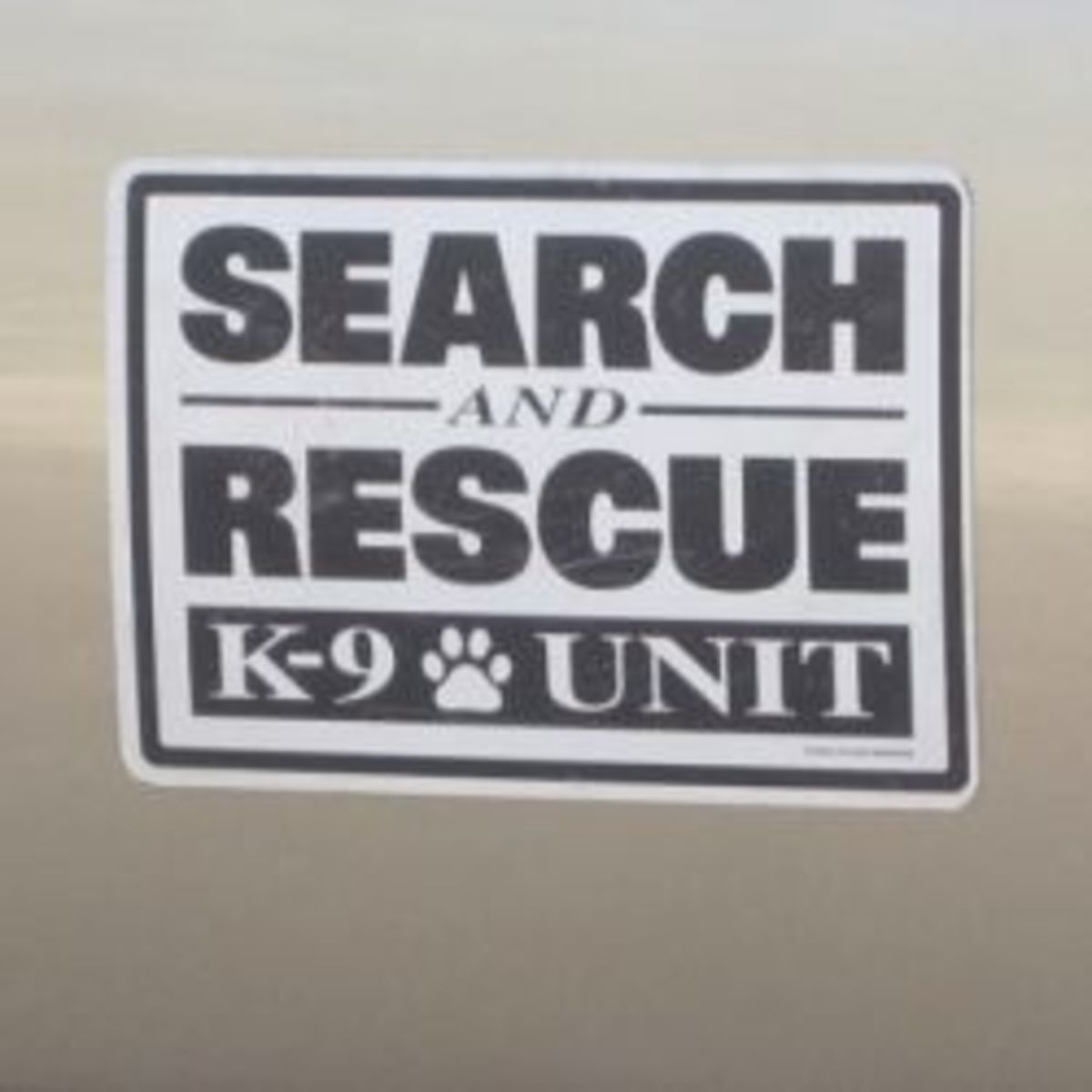Disaster Assistance Volunteer | Disaster Action Team (DAT)



The recent events in Haiti have led many (including myself) to seek out ways to serve in the wake of such a huge disaster. Many are calling the American Red Cross (ARC), and offering services. I would suspect it is the same with many Non Governmental Organizations (NGO), and the International Red Cross (IRC). What you should know up front, that unless you are already a part of one of these teams, no matter how much you know or what your past experiences are; it is unlikely that you could be useful at this point in time.
The reason is simple; these are TEAMS. Teams must be built and team members must know their roles and have confidence in each other to operate effectively. That is why the Military excels at this type of operation with little or no additional training. Teams are built from the small unit Alpha and Bravo squad fire teams of 6 individuals, to Brigades and Divisions numbering the thousands. All know their role to play and make it happen side by side every day no matter what the mission. The reason they do is because they train as teams every day, it is built in the military culture and re-enforced by daily application. Civilian Disaster Assistance Teams train together as well, and the site of a major disaster like Haiti is just not the place to integrate new members.
So with that in mind, if you are one of those (that want to help) folks please read on, if you have been wondering how you can help maybe a little closer to home, read on as well. If you don’t have the time, but want to donate money, there is a link at the bottom of the page, but please read on and learn some thing new. If you can’t afford to give a monetary donation, you are maybe unemployed and still want to help, God Bless You and please read on.
The American Red Cross deploys a Disaster Action Team (DAT) throughout American communities daily, to local disasters and events ranging from single family house fires, to flooding events, and organized searches such as in missing children, or drowning victims. While it may seem at first thought that these are not major disasters, the Red Cross is acutely aware that they are for those involved and when the first responders deploy, both the family and the first responders can use the help the ARC provides.
The DAT members must have some initial training that include classes in the following:
Red Cross Mission Overview – Volunteer Orientation
This course introduces you to potential Red Cross disaster volunteers and members of other local agencies to the role of the Red Cross in community actions in preparing for, responding to, and recovering from emergencies and disasters. This course is the prerequisite to all other Red Cross Disaster Courses.
Mass Care an Overview
This course provides basic information about the activities of mass care workers and the skills and abilities needed to work in mass care. (This course is a pre-requisite to hands on training with the DAT).
Psychological First Aid
This course provides a framework for understanding the factors that affect stress responses in disaster relief workers and the clients they serve. It provides practical suggestions about what you can say and do as you practice the principles of Psychological First Aid.
Damage Assessment
This course prepares all Red Cross paid and volunteer staff with the skills to serve as Damage Assessment workers. These skills will be used in order to obtain and report information and provide operational support on Disaster Assistance Operations.
Client Casework: Providing Emergency Assistance to Families
This course introduces the family services function. You will learn the skills and tools needed to conduct an effective client interview and begin basic casework.
Shelter Operations
This course prepares the Red Cross and other agencies and volunteers to effectively and sensitively manage shelter operations as a team, to meet the needs of people displaced as a result of disaster.
Shelter Simulation
This course provides participants an opportunity to practice the knowledge and skills needed to run a successful shelter operation.
Emergency Response Vehicle (ERV): Ready To Roll
This course teaches Red Cross employees and volunteers to operate an Emergency Response Vehicle and its equipment safely and effectively to meet feeding and other service needs of people affected by disaster.
Now you can begin to understand why you may need to slow down a bit in your pursuit of helping the folks in Haiti or anyplace else for that matter. There is much, much more involved than grabbing a thermos of coffee and some blankets to providing assistance in an effective way. Even folks that have experience in harsh climates and conditions or organizing camps, food and water distribution have things to learn here.
This also represents what the LOCAL Disaster Assistance Team does, there is even more training and experience required being on a Disaster Services human Resource Team (DSHR) and responding to the designated National Disasters. I will cover more on this in future articles.
\So if you want to help. If the disaster in Haiti has moved you to find a way to help folks out when they need it most. Then now is the time to begin preparing for the next one. It may be next year, next month, next week or tomorrow. Contact your local Red Cross through the American Red Cross link provided and ‘Follow Me!”.
You can sign up here to Donate or to Volunteer
- American Red Cross
The American Red Cross helps prepare communities for emergencies and keep people safe every day thanks to caring people who support our work. Please support your local Red Cross.

More on Volunteering from Hmrjmr1
- 2010 A Year to Stand In Front
What do you believe in? If you look at your life; what have you done that confirms what you believe in? Does what you believe in define what you do? Are you willing to sacrifice for what you believe? I would... - An Old Soldiers Thoughts On Disaster Assistance
The current disaster in Haiti has sparked many thoughts and emotions for me. I am an Old Soldier, who has done but his duty for 22 years in the Army, and then 4 years and 8 months in Iraq as a contractor. As...
